7-Day Healthy Meal Plan For A Healthier Lifestyle
7-Day Healthy Meal Plan For A Healthier Lifestyle
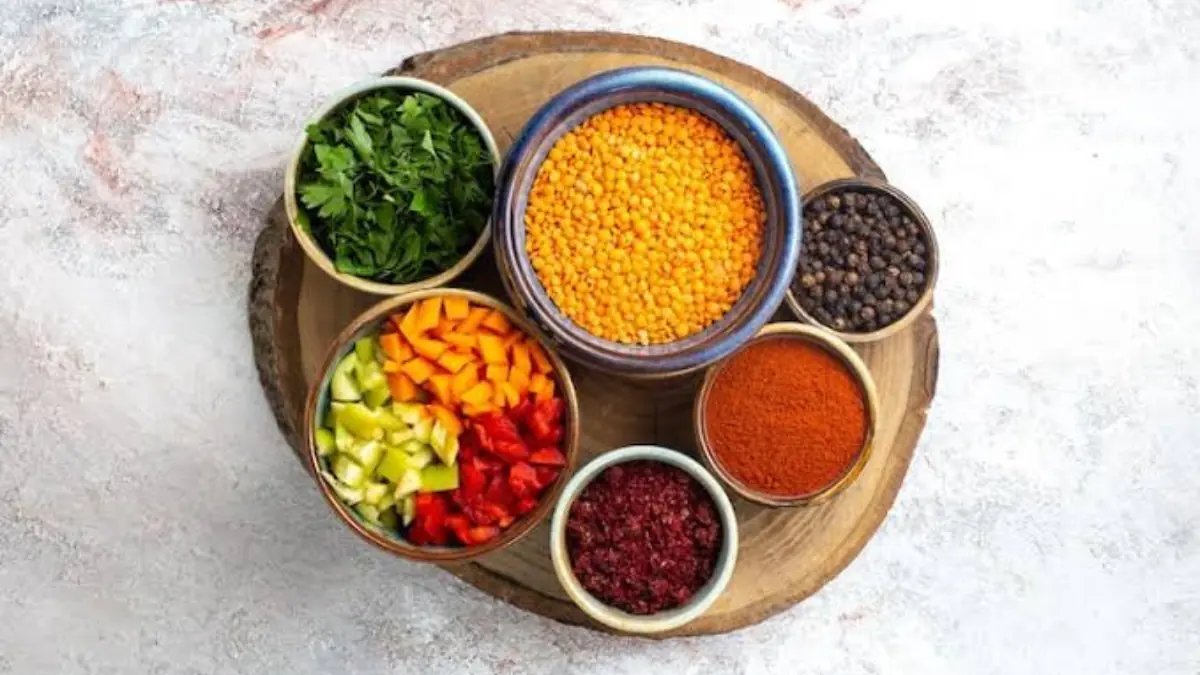
Many people want to eat better but feel unsure where to start. A planned week of simple, balanced meals can make a big difference. This 7-day meal plan is designed to support a healthier lifestyle without needing complicated recipes or expensive ingredients. It uses common Indian foods in a balanced way across breakfast, lunch, and dinner. Each day includes enough variety to keep meals interesting and satisfying.
Eating healthy does not mean you need to change your entire routine. You can make small adjustments that help your body feel better over time. A good place to begin is by planning your meals ahead. This helps reduce last-minute choices and keeps you on track. A healthy meal plan should include enough vegetables, whole grains, protein, and healthy fats. The meals listed below are designed for Indian households using ingredients that are easy to find. Each day includes three main meals that offer balance and variety. You can mix and match items based on what is available or what suits your schedule. The aim is to build meals that support energy and improve digestion without making cooking feel like a task. These plans also reduce waste by helping you use ingredients more efficiently through the week.
Day 1 to Day 2: Start With Familiar Foods In A Balanced Way
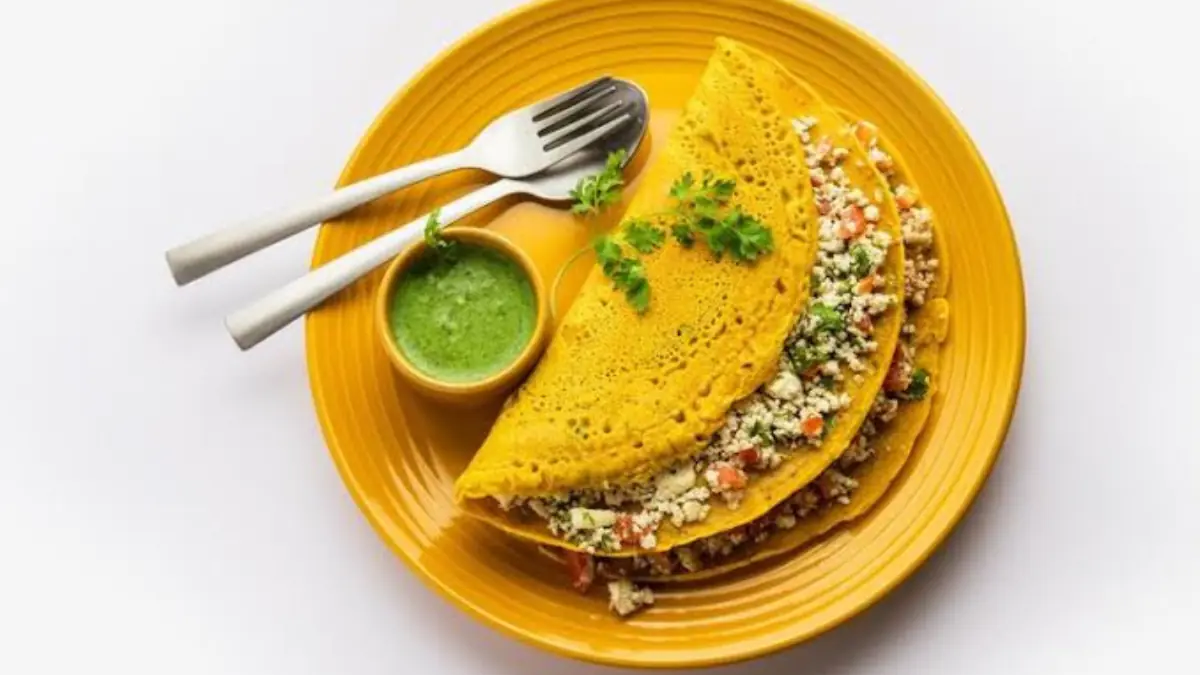
Start your week with meals that feel familiar but are put together more carefully. On Day 1, begin with vegetable upma for breakfast. Add roasted peanuts or a boiled egg on the side. For lunch, have roti, dal, and a simple lauki sabzi. Include a bowl of curd to improve digestion. Dinner can be a light vegetable khichdi with carrot raita. Keep your portion size steady and drink enough water through the day.
On Day 2, switch to moong chilla for breakfast with green chutney. This is light and includes protein. For lunch, try lemon rice with a bowl of sprouted moong salad. Keep dinner easy with a bowl of palak soup and two slices of multigrain toast. These meals are built with basic home ingredients and give you a mix of fibre and protein without too much oil or spice.
Day 3 To Day 4: Add Variety Without Overthinking
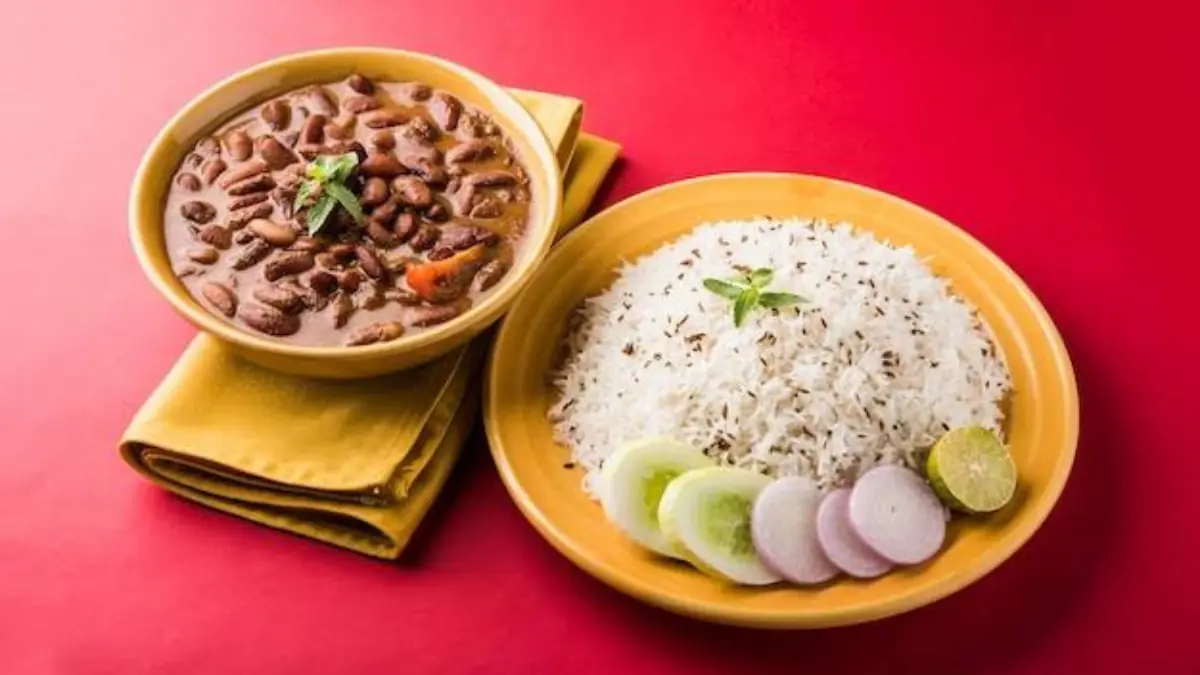
By midweek, it helps to bring in more colour and texture to your meals. On Day 3, have poha with chopped vegetables for breakfast. You can add some roasted chana on the side. For lunch, try a methi thepla with plain curd and mixed vegetable sabzi. End your day with a light meal of tomato dal and steamed rice with cucumber salad.
On Day 4, begin with oats porridge cooked with milk and a spoon of jaggery. Add sliced banana or apple for natural sweetness. Lunch can be a rajma-chawal bowl with a small side of cabbage stir-fry. Dinner should be light, so go for a bowl of vegetable soup and a moong dal pancake. You do not need to avoid carbs, but it helps to include more vegetables and keep your cooking method simple.
Day 5 To Day 6: Introduce Seasonal Ingredients And Lighter Cooking
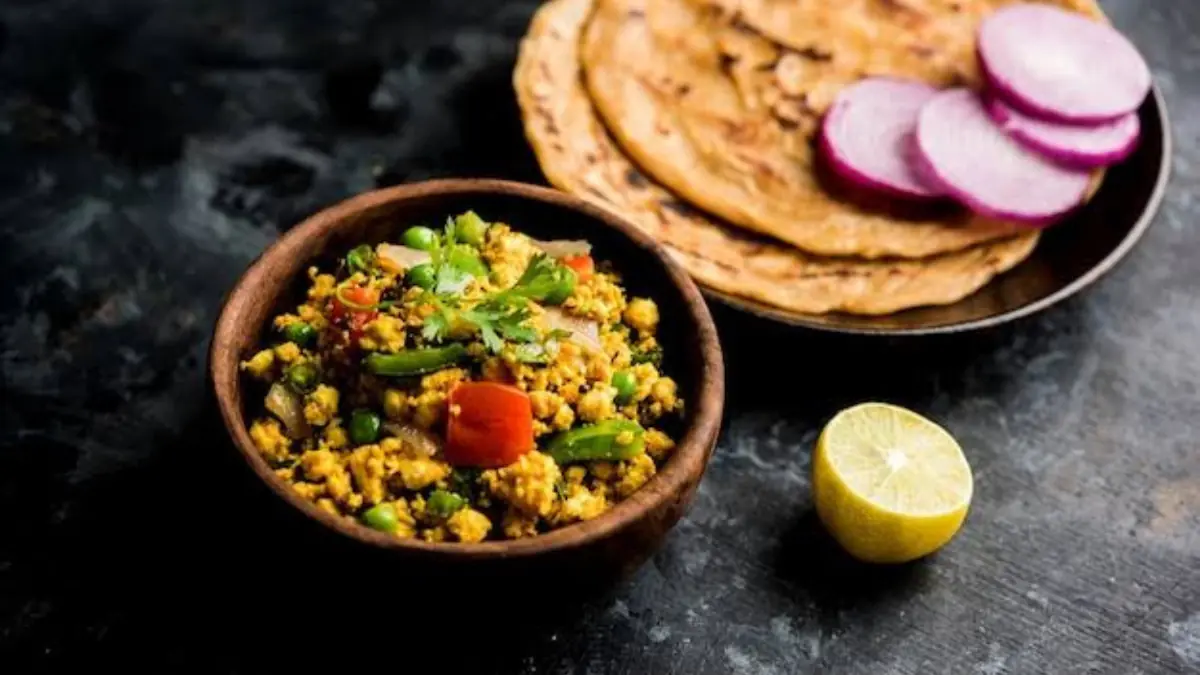
By Day 5, include more seasonal vegetables to keep things fresh. Start with besan toast for breakfast. Use brown bread or roti pieces dipped in besan batter with chopped onions and chillies. For lunch, have bhindi masala with jowar roti and a side of curd. In the evening, eat a bowl of vegetable daliya with jeera tempering. This feels filling but remains easy to digest.
On Day 6, eat vegetable paratha with mint chutney for breakfast. Use less oil while cooking. For lunch, go with tofu or paneer bhurji with phulkas and beetroot salad. At night, keep things light with lemon coriander soup and a small bowl of boiled corn or sprouts. These meals help balance taste and nutrition. They also use everyday kitchen items in a way that supports better energy levels.
Day 7: Keep It Simple And Refreshing
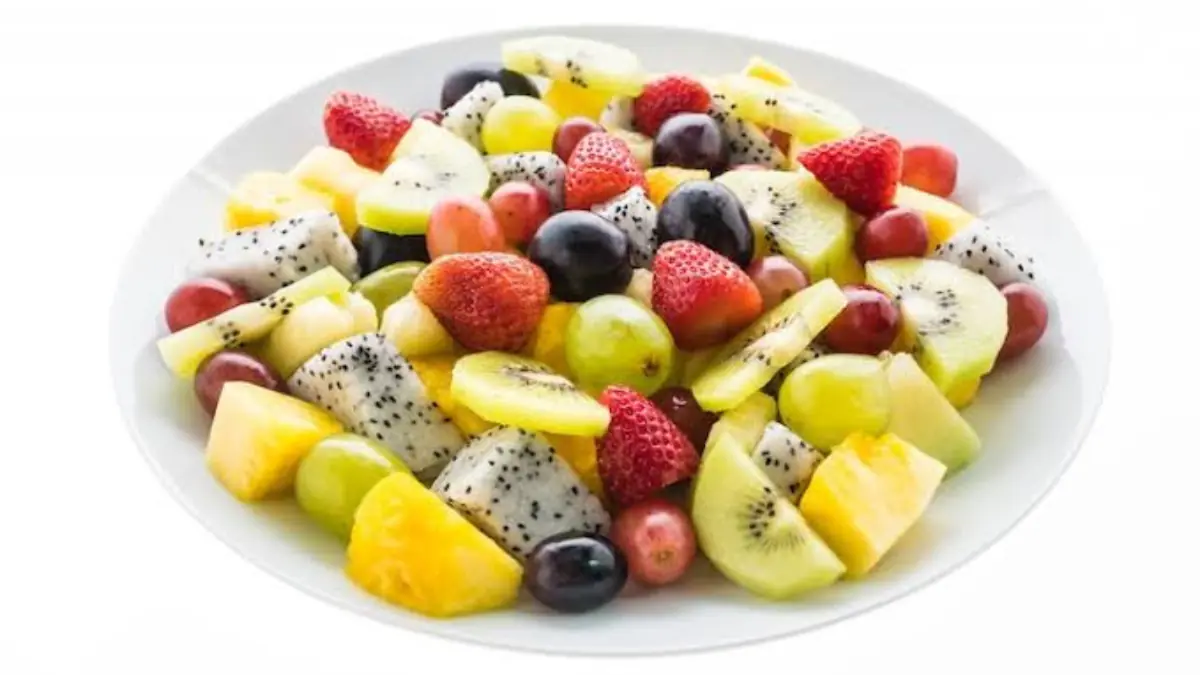
The last day of the plan is a good time to focus on hydration and simple meals. Start with a bowl of fruit salad and a glass of buttermilk. If you need something more filling, add one boiled egg or a small portion of oats. For lunch, try a one-pot sambar rice with drumsticks and carrots. Serve with a spoon of ghee and papad. Dinner can be a mixed lentil soup with sautéed vegetables on the side.
This day gives your system a break from heavy food while still offering enough nutrition. It also shows that a healthy meal plan does not always require effort in the kitchen. You can use leftovers and prepare meals in one pan without losing balance in your diet.
Basic Tips To Follow Through The Week

A meal plan only works if you stay flexible but consistent. Try to cook at home whenever possible. Use fresh ingredients, but do not feel pressured to shop every day. Keep a mix of grains like rice, millets, and wheat in rotation. Avoid deep-fried items during the week and save those for special occasions. Add a fruit or a handful of nuts between meals if you feel hungry. Drink water often and include curd or buttermilk at least once a day. Do not skip meals, and try to eat at regular times. The aim is to support your health in a way that fits into your daily routine.
A healthy lifestyle does not begin with a sudden diet change. It comes from steady habits that feel easy to maintain. This 7-day meal plan gives you a structure to begin with. It uses basic Indian food that most people already eat but puts it together in a more balanced way. The meals are light, nutritious, and simple enough for a busy weekday. Once you complete one week, you can keep going by repeating your favourite days or adjusting based on what you enjoy. Eating well should not feel like a punishment. It should feel like a better version of what you already know.



